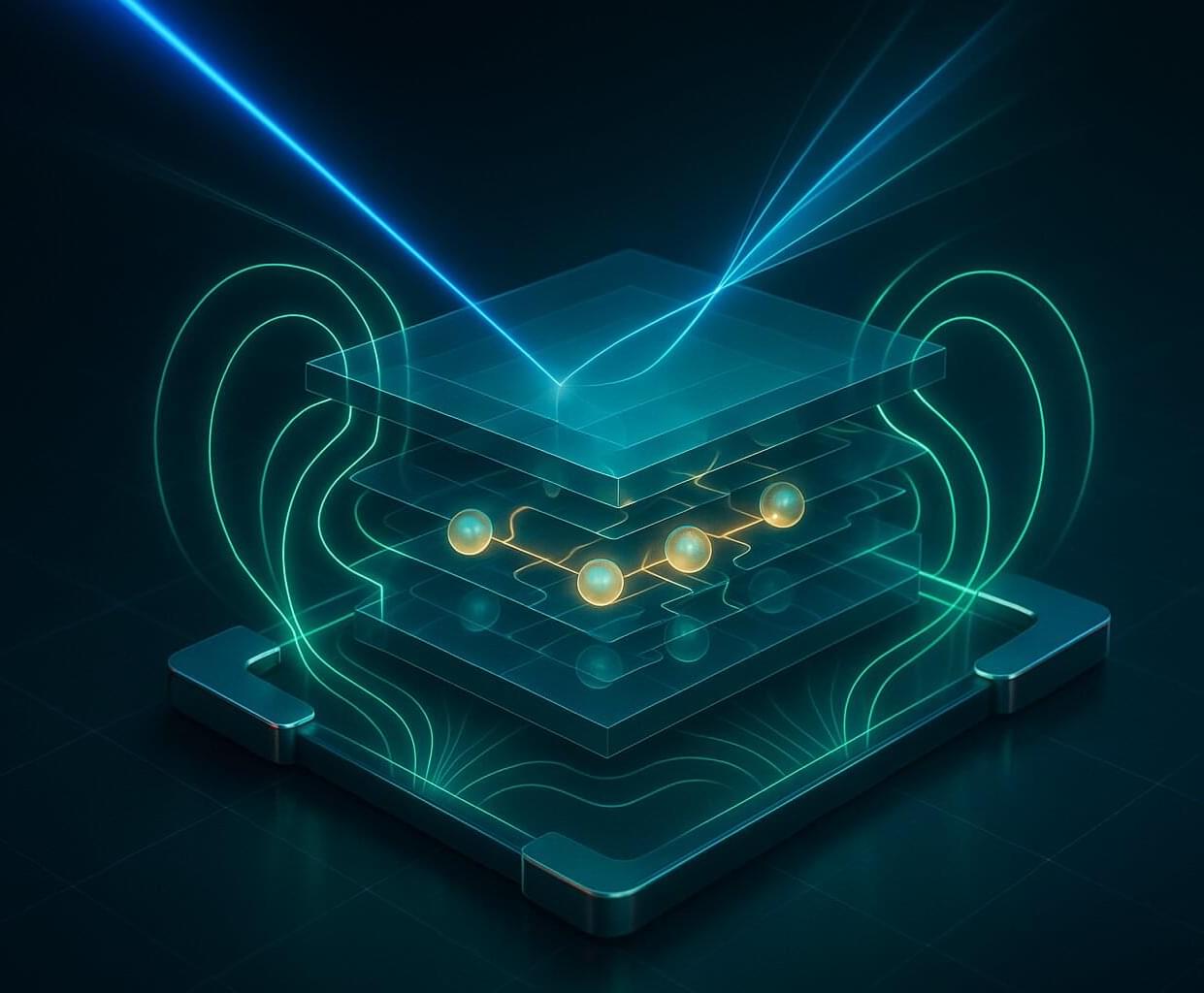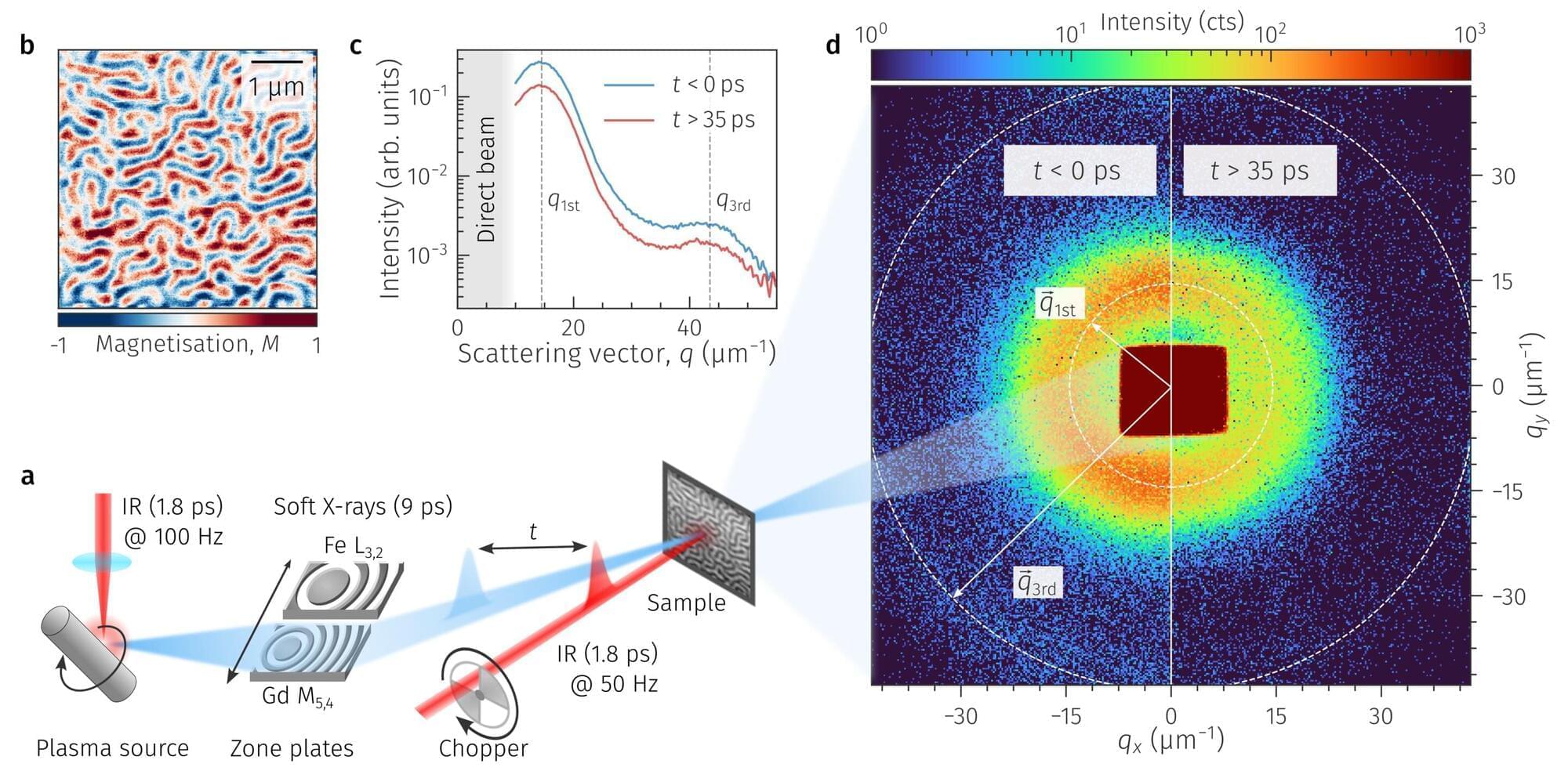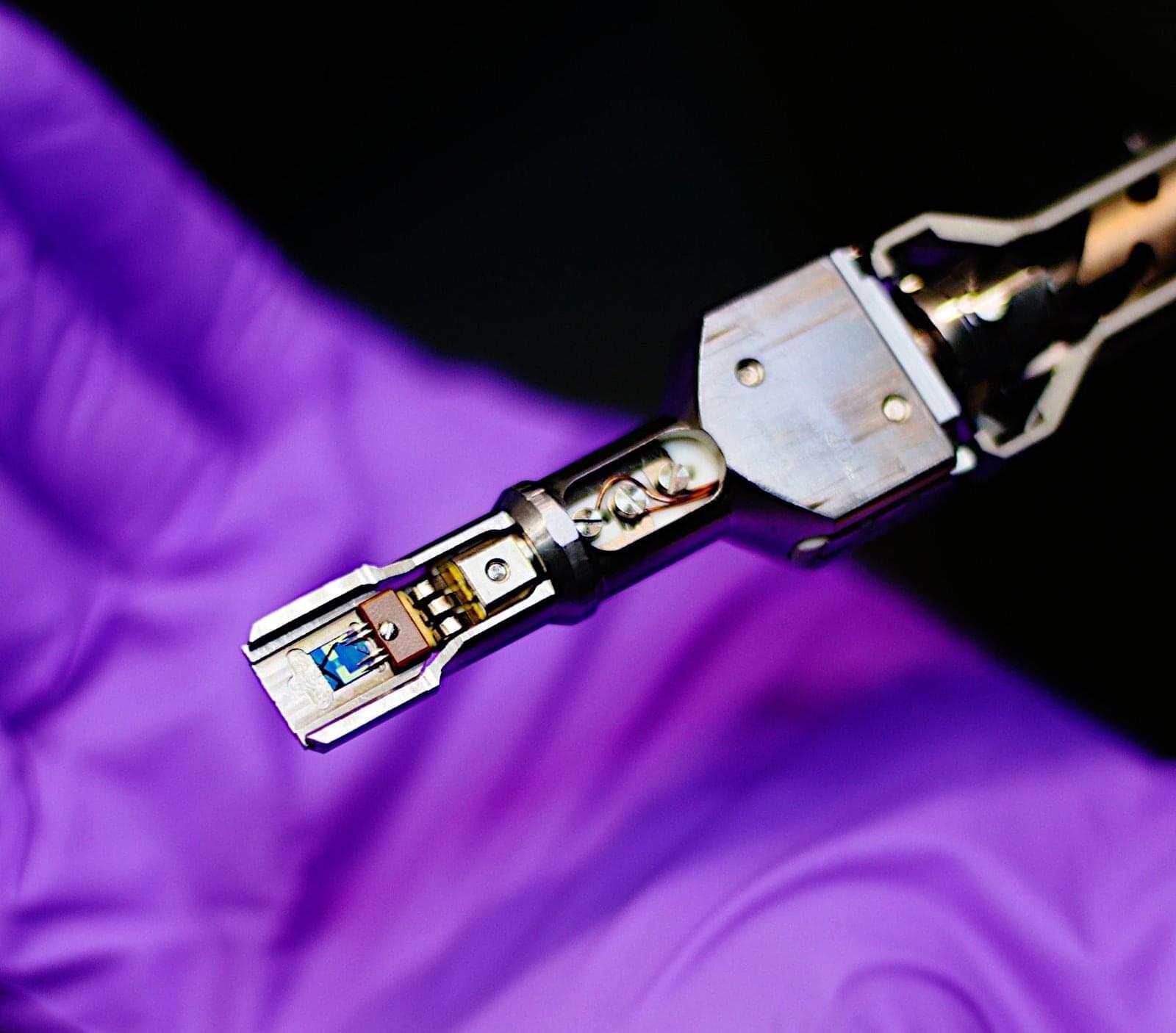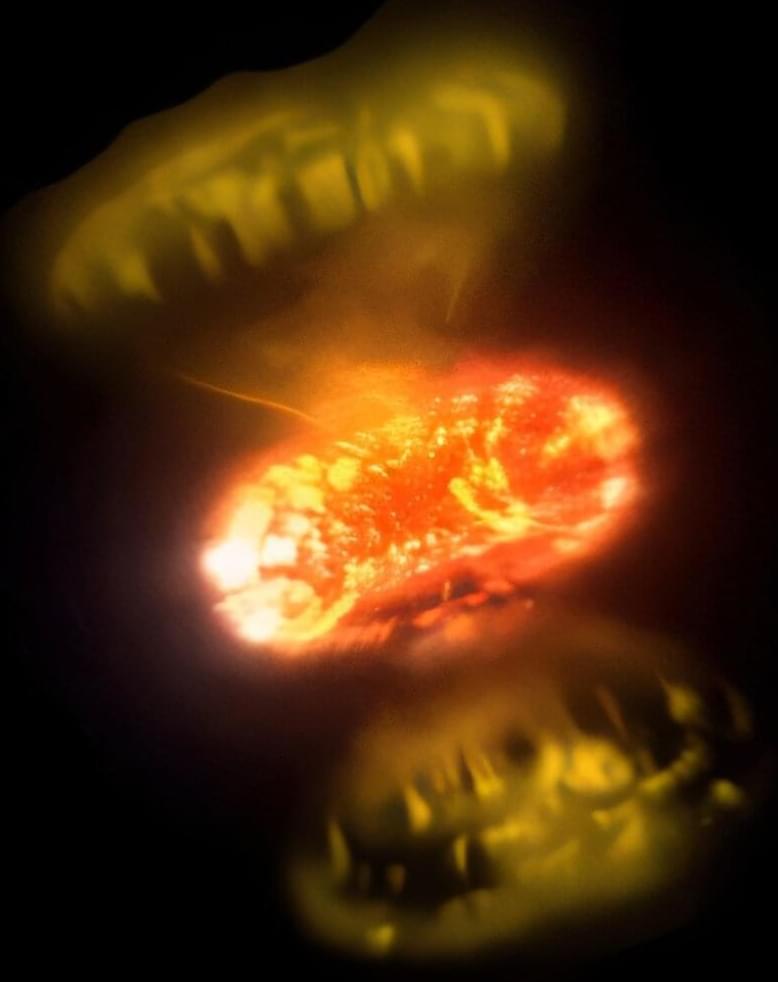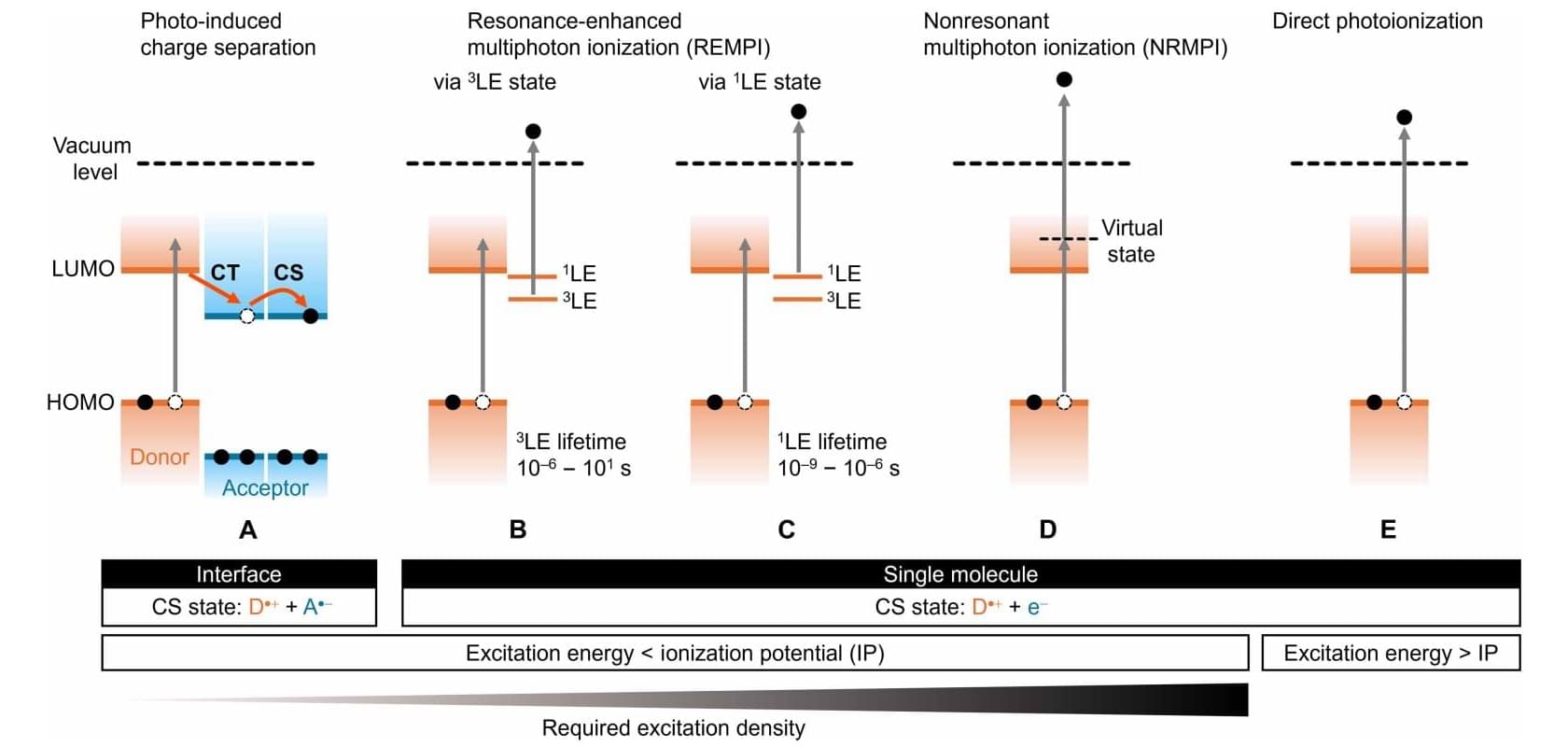Researchers at the Paul Scherrer Institute PSI, in collaboration with the National Institute of Standards and Technology (NIST) in Boulder, Colorado, have for the first time succeeded in using existing laser technology to continuously vary the magnetic properties of two-dimensional materials.
This simple and fast method should make a large number of applications possible, including techniques for data storage and processing. The work is published in the journal Nature Communications.
Sometimes using conventional tools in a novel way produces astounding results. That’s what happened when researchers used the high-tech laser equipment in PSI’s cleanroom for something it was not intended to do. It was originally purchased for photolithography—a process for producing tiny 2D structures.
